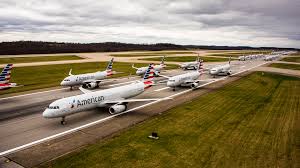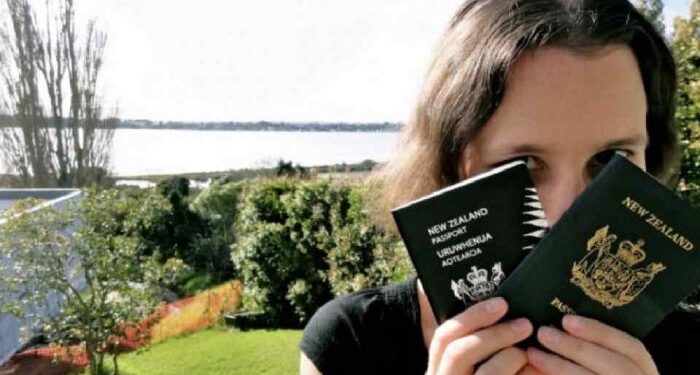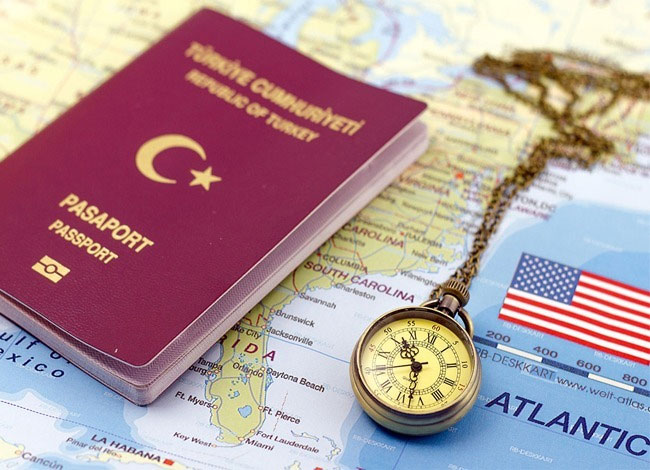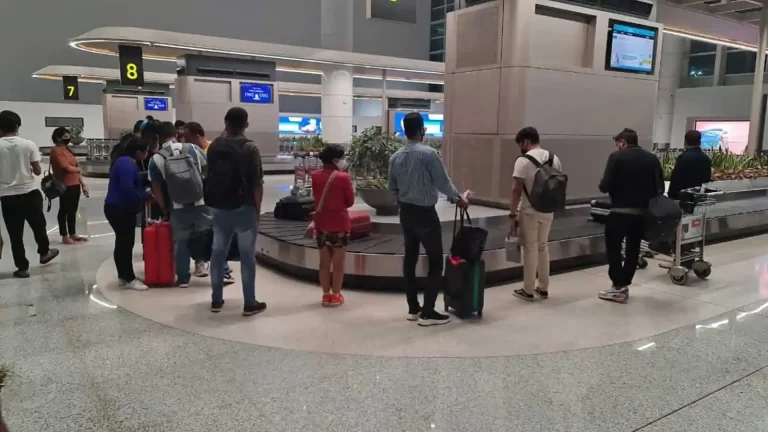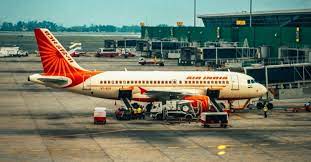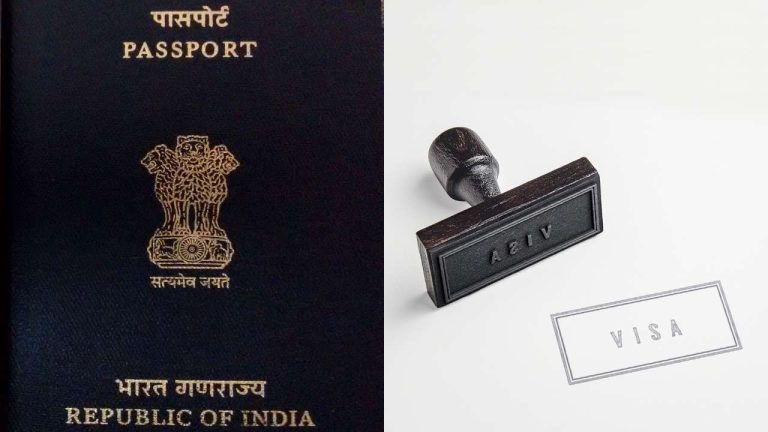Indian Visa Requirements For Canadians And Indian Visa Entry Points For Americans
Canada has one of the most liberal immigration policies in the world, as it allows for citizens of 180 countries to visit Canada without a visa. India is no exception, as it boasts only 20 entry points or “portals.” The visa requirements are listed below and correspond to the corresponding portal that an Indian citizen can travel through:
Indian Visa Requirements For Canadian Citizens
Canadian citizens wishing to travel to India for tourism or business should familiarize themselves with the Indian visa requirements. While a visa is not required for tourists who only stay for 72 hours, all other travellers must obtain a tourist visa from an Indian embassy or consulate. INDIAN VISA FOR CANADIAN CITIZENS
To qualify for a tourist visa, Canadian citizens must possess a valid passport and one of the following: a valid U.S. passport with an E-1 or E-2 entry status; a valid Canadian passport with an L-1, L-2, H-1B, H-4, I-94, RFE/RL Fiancé(e) Visa; or a valid Swiss passport with an EC (tourist) stamp in the validation section. Note that U.S. citizens travelling on a diplomatic or official passport are not eligible to apply for tourist visas.
Many Indian embassies and consulates accept Visa Waiver Program (VWP) travelers without having to present their passports in person. Travellers who do not possess one of the listed documents may be able to obtain a visa by submitting an application at an embassy or consulate during normal business hours. Please note that some embassies and consulates may require additional documentation, such as proof of financial stability or health insurance coverage in case of medical emergencies.
For Americans travelling to India on holiday, there are several popular entry points into India that offer visa-free access for tourists for up to 30 days: Chennai (formerly Madras), INDIAN VISA AIRPORTS FOR ENTRY
Indian Visa Entry Points For American Citizens
There are a few Indian visa entry points for American citizens. The most common is through the Mumbai airport, which is served by many major airlines. However, there are other options as well including Delhi, Chennai, and Kolkata. Entry requirements at each of these airports vary, but most will require a valid passport and a visa application. Many travelers also opt to arrive through Dubai or Abu Dhabi instead of Mumbai because of their more lenient visa requirements.
Conclusion
If you’re planning on traveling to India, there are a few things you should know. First of all, the Indian visa requirements for Canadians are relatively straightforward. All you need is a valid passport and proof of citizenship (such as your ID card), and the visa application process is fairly quick and easy. If you’re an American citizen, however, things get a bit more complicated. In order to qualify for an Indian visa, you will first have to obtain a tourist visa at your nearest Indian embassy or consulate. After that, the remaining steps depend on your nationality – for Canadian citizens, for example, this might include providing proof of financial stability and having sufficient funds available to cover your stay in India. Once you’ve completed these requirements, it’s time to head over to the India Visa Database website and start preparing your application file. Finally, be sure to check the latest entry points into India – this can help ensure that you don’t miss out on any advantageous travel dates due to restrictions at individual embassies or consulates!
